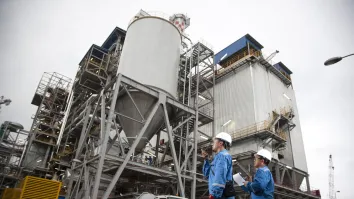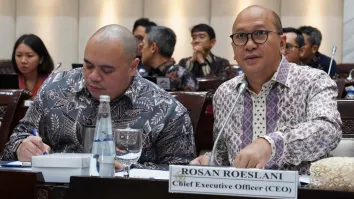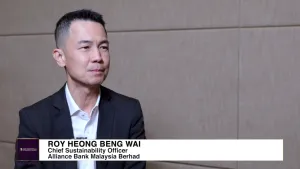
China’s new coal power approvals decline in 9M
If this trend continues, 2025 will be the second-lowest year for approvals.
China has approved 41.77 gigawatts (GW) of new coal power capacity nationwide in the first three quarters of 2025, according to Greenpeace East Asia.
In a new research, Greenpeace East Asia said if the current pace continues, 2025 is on track to be the second-lowest year for approvals in the 2021–2025 period and would mark a second consecutive year of decline.
“Clear policy signals to cap coal and boost renewables are essential to accelerate both the power sector and societal emissions peaks,” said Greenpeace East Asia Beijing-based climate & energy project manager Gao Yuhe.
Including additions in the first nine months (9M), China’s total coal capacity approved from 2021 to the third quarter of 2025 stands at 340 GW—more than twice the total permitted in the last five-year period.
Among them, non-CHP (combined heat and power) coal projects have fallen sharply—from 40–50 permits per year at the 2022–2023 peak, to 23 in 2024, and 16 in 9M—whilst CHP project counts have stayed relatively stable annually. However, large-scale units (≥660 MW) still dominate, accounting for over 90% of newly permitted units.
“Our research further indicates that the total investment in coal projects permitted in Q1-Q3 2025 is estimated at RMB 171.5–181.5 billion, with a state-capital–heavy structure: central SOEs and local SOEs account for roughly 40% and 45%, respectively, while private investment remains below 10%,” Greenpeace East Asia said.
Eastern China, Jiangsu (6.64 GW) and Henan (4.02 GW) rebounded after low 2024 volumes, ranking first and third nationwide for permitted capacity in 9M. By contrast, other major power-demand and generation provinces—Shandong (1.16 GW), Guangdong (0.42 GW), Anhui (0 GW)—have continued to decline from their 2023 peaks.
“Local governments must not rely on coal as the default means of ensuring energy security. Repositioning coal as a genuinely flexible support resource—not a baseload provider—is critical to the further development of the renewable-dominant New Power System,” Gao said.
















 Advertise
Advertise








